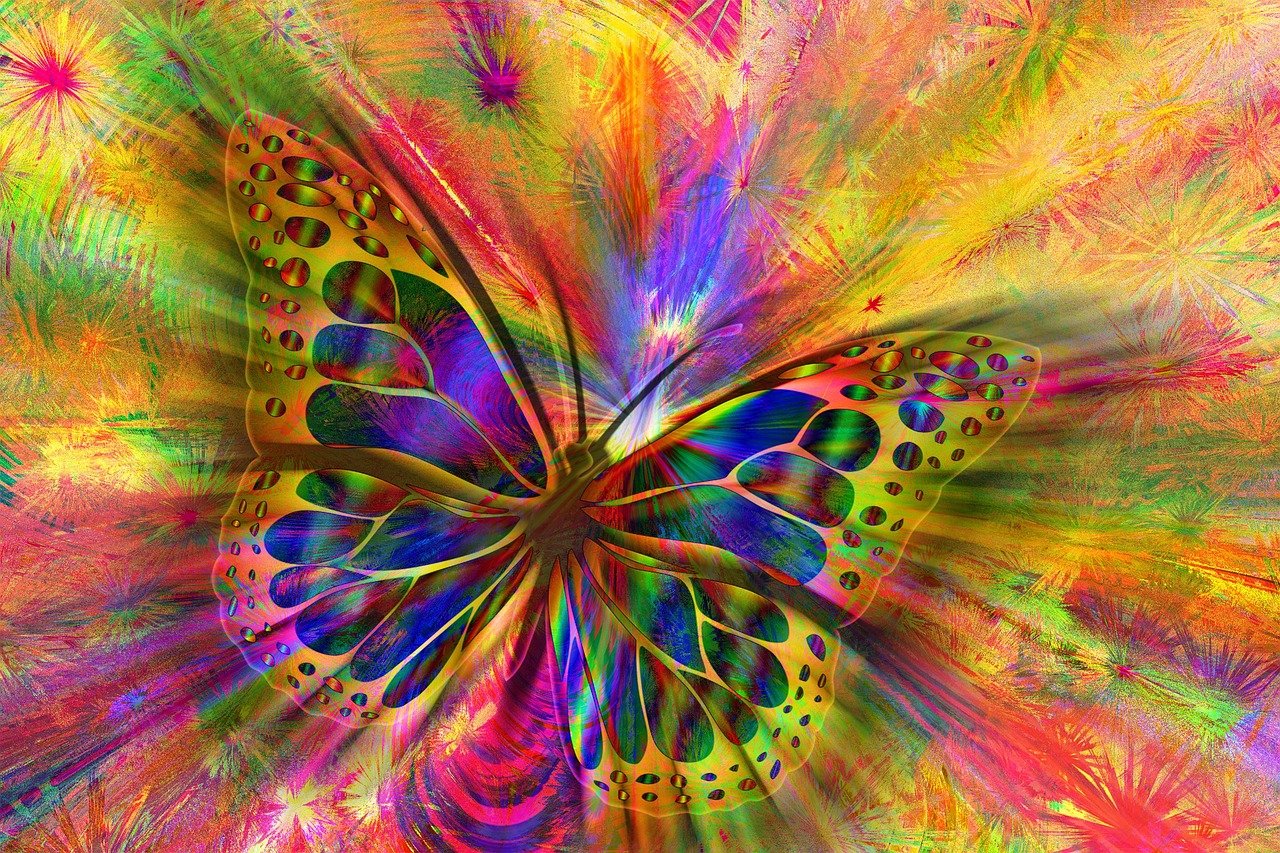A dye is used to add colour to different materials. Colours have always been fascinating and a big attraction for humans. Two major types of dyes are natural and synthetic. These are used to impart colour to utensils, textiles, leather-based products, and even food items.
There are separate dyes for colouring different products. Dyes differ from pigments which are finely grounded solids like paint, ink or blended with other products. Dyes are organic compounds, unlike pigments which are inorganic compounds.
These days, everything is available in multiple colours and textures. And this is possible due to the wide variety of dyes.
Different types of dyes are :
Basic Dyes
These dyes are synthetically produced and are insoluble in water. These are also known as cationic dyes. All the shades of these dyes are extremely bright and have a good retention period. Basic dyes are relatively cheap and are used to add colour to acrylic fibres. These have a good affinity for synthetic materials.
Vat Dyes
Vat dyes are made using different plants and are also known as indigo dyes. Vat dyeing is comparatively an expensive process. Vat dyes aren’t directly used to add colour to the substance instead a process called vatting is used when using these dyes.
These dyes are insoluble in water and are made to dissolve in water by the process of vatting. The wet fastness of the dyes is great but rubbing fastness isn’t good. Vat dyes have a very small particle size. These are available in limited shades and colours as compared to other dyes. Vat dyes are usually used by experts as it has a long dyeing process.
Direct Dyes
These are soluble in water and used to dye cellulose materials like cotton materials. Usually, dyeing is done in alkaline conditions when using these types of dyes. But all the materials dyes using this type of dye require after-treatment and care to improve the shade of the dye. Direct Dyes have great fastness properties. These dyes are extensively used in the textile industry.
Acid Dyes
These are often used for colouring the protein fibres like wool, silk, nylon, etc. These dyes are highly soluble in water. These aren’t suitable for cellulosic material. Acid dyes have a good dye fastness property and are effective for colouring leather, and medical products. These are great for the food industry too. These are also used to create inks like printer inks, ball pens, ink for markers, ink pads, etc.
Synthetic Dyes
These are man-made dyes that are produced chemically. Their colours and shades are available in a wide range. These are used in multiple industries as they are comparatively inexpensive and easy to use. It is harmful to both environment and the human body. But still, the use of these dyes is increasing day by day. These chemical compounds are soluble in water. Etp is a must-required process for using these dyes.
Reactive Dyes
Reactive Dyes are best suited for cellulose, protein, and polyamide fibres. These are easy-to-use dyes as they are available in multiple forms. These are soluble in water and have good light-fastness properties.
All the reactive dyes are available in bright colours which makes them good for the textile industry. These Reactive dyes are comparatively cheap and good for bulk use. These have a great electron arrangement and provide protection against UV rays.
Solvent Dyes
These are modern dyes and are being widely used by the upcoming textile mills. Solvent dyes are non-toxic, non-flammable, and non-corrosive dyes. These dyes are convenient to use and take less time to add colour to the fibres and polymers.
These also possess high wettability. One major drawback with these dyes is their solvents are often expensive, so bulk use is difficult. Solvent dyes are available in a wide range and are great substitutes for harmful traditional dyes.
Food Dyes
These are the artificial colours added to the foodstuff to make it attractive. Food dyes are widely used these days. They are available in various forms like pastes, liquid colours, gels, and coloured powders. These food dyes are used to restore the colour of the edible which is lost due to light, heat, and storage.
Food dyes must be used carefully as excessive food colourants can cause various health problems. Food dyes are of two types natural and artificial. Natural food dyes can increase the nutritional value of food and make it attractive. Be careful and conduct proper research before picking the right food dye.
Fertilizer Dyes
Fertilizers or agriculture; dyes are one of the most commonly used dyes. These are used to add colour to fertilizers and alter their chemical composition. One major use of fertilizer dyes is that they help farmers identify the right fertilizers.
Different colours are added to different fertilizers and differentiate the fertilizers based on their chemical composition and quality. Coloured fertilizers add colour to the soil and help identify different crops.
These dyes also improve the quality and health of seeds and help them grow better and faster. Agricultural dyes protect crops from pesticides and fungi by forming a protective layer over the crops.
Seed Coloring dyes
Seed colouring dye is used to add colour to the seeds which helps the farmers identify and differentiate seeds. Different types of seeds are coloured differently. Seed colouring is a traditional practice that is used to protect the seeds and facilitate plant growth.
Big seed brands have also adopted this method to make their seeds recognizable. Seed colouring is a great way to prevent the seeds from being damaged and differentiate them. Various seed dyes are available these days, try choosing a safe dye as this can impact the growth of the plants and crops.
All the above-listed dyes are some of the different types of dyes used for a variety of purposes. All of them have their pros and cons. One must choose the most suitable dye for them depending on the type of product and use.
